The ancients used to track the seasons by following the lunar month and not the solar year, which our modern calendar is based upon. The people of Europe and the Native American tribes named every Full Moon after features they associated with the Northern Hemisphere seasons.
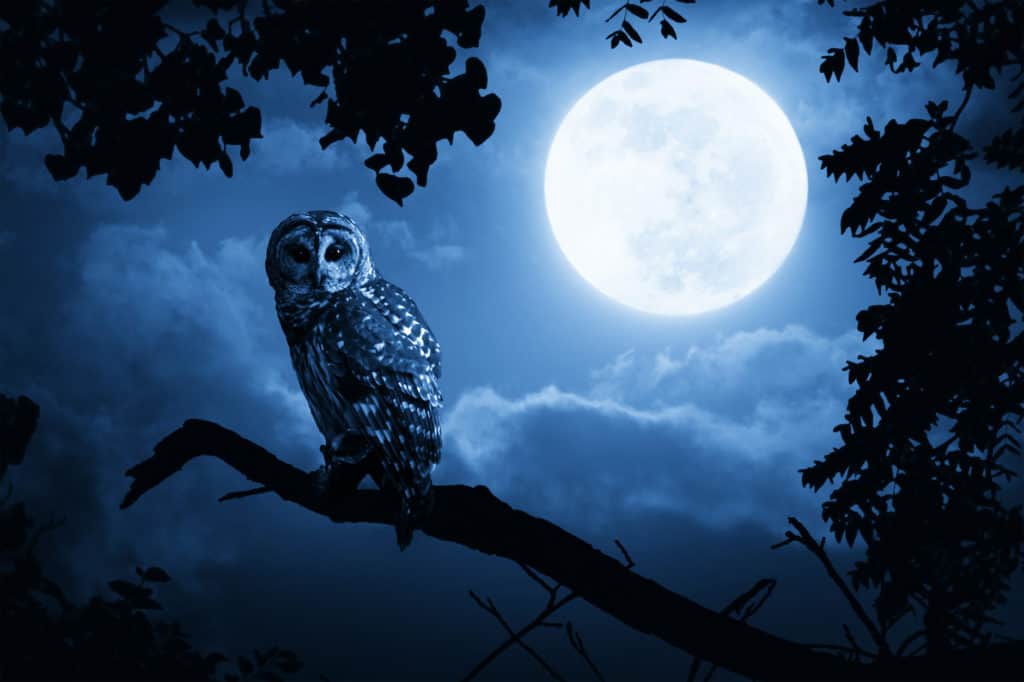
Many of these names may seem similar, and many of these Full Moons have festivals attributed to them even today. Let’s see what the Full Moon names are given by the ancients, which are used even now.
January Full Moon
The January Full Moon is known as the Wolf Moon. It was named since people associated the wolves’ howling to this Moon since, during winter, wolves would be hungry.
Today, we know that this is not the case, and the wolves don’t actually howl at the Moon. Many believe that this name originated with the Anglo-Saxons, and some other famous names for this Moon are the Moon after Yule, Old Moon, Ice Moon, or Snow Moon.
February Full Moon
The February Full Moon is often called the Snow Moon since February is always snowy. Some tribes called it the Hunger Moon due to the scarcity of the food during this time of the year.
Some other names for the February Full Moon include Storm Moon or Chaste Moon.
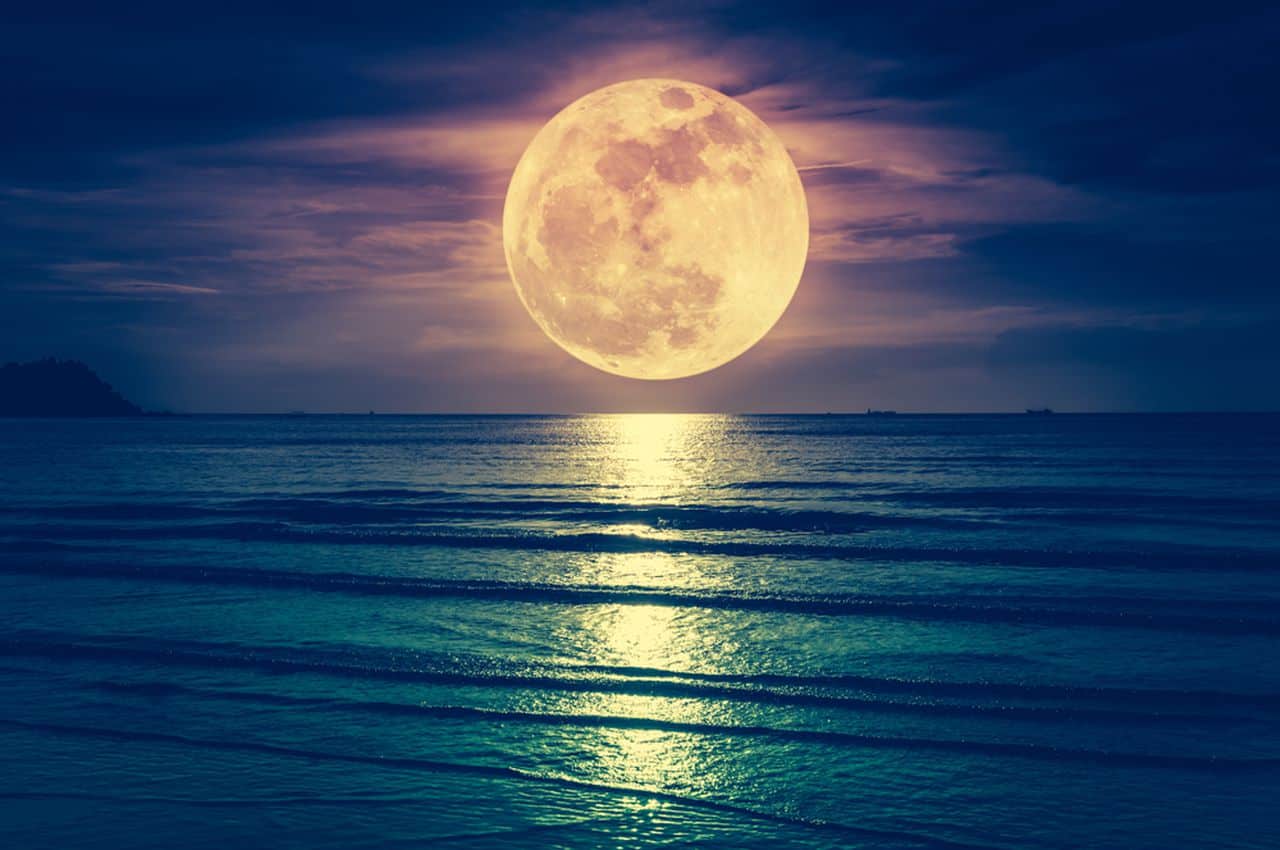
March Full Moon
The March Full Moon is known as the Worm Moon, and it is the last Full Moon of winter. This Moon was named as such since earthworms would usually come out during the end of winter.
The March Full Moon is also known as the Crow Moon, Crust Moon, Sap Moon, Sugar Moon, and Chaste Moon. The Anglo-Saxons called it the Lenten Moon
April Full Moon
The April Full Moon is commonly known as the Pink Moon. It was named as such due to the pink flowers, namely the phlox, which bloom in this month.
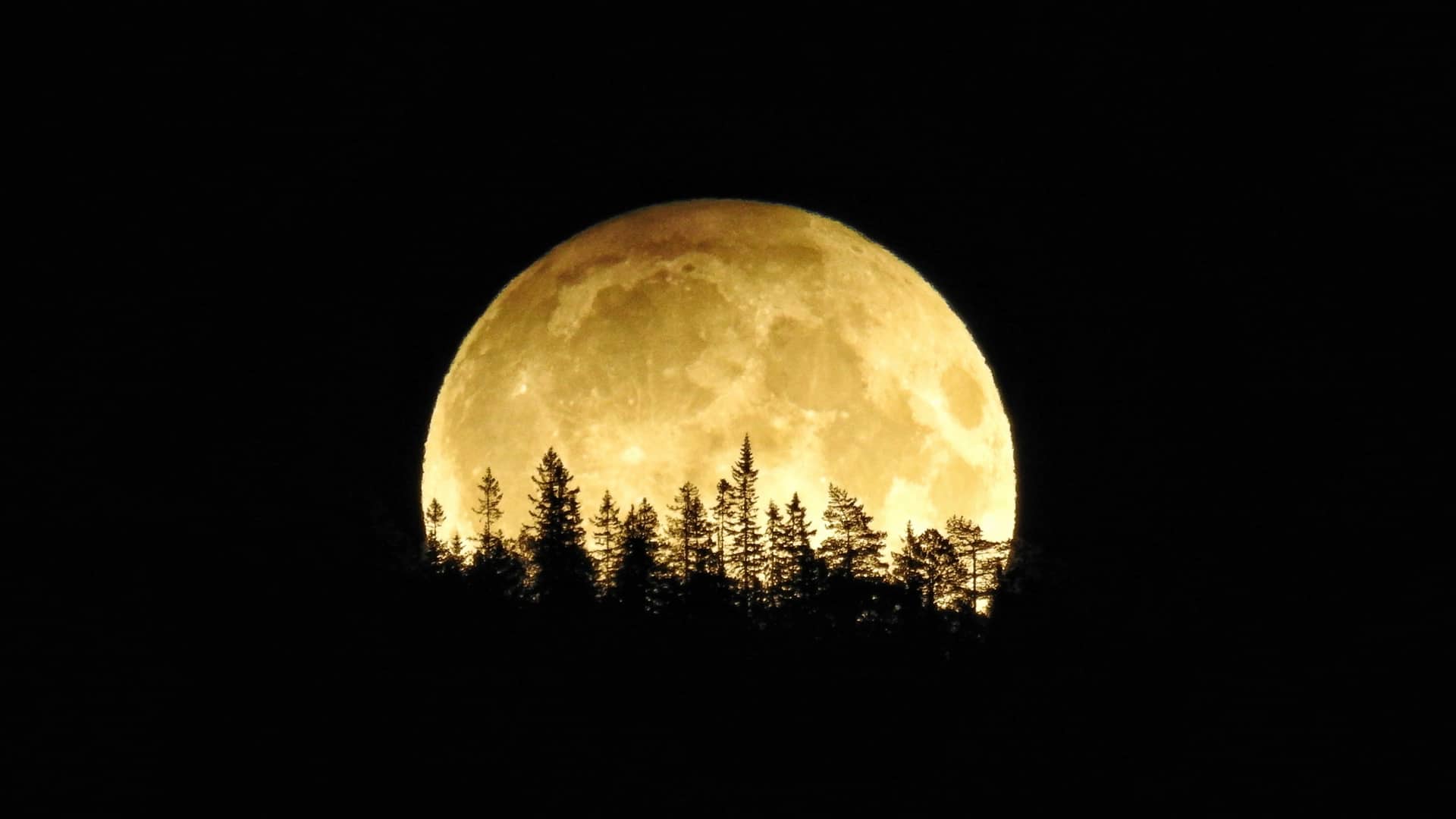
Some other names for the April Full Moon are Sprouting Grass Moon, Fish Moon, Hare Moon, and the Anglo-Saxons called it the Egg Moon. This Moon is also referred to as the Paschal Moon since it is used to estimate Easter.
May Full Moon
The May Full Moon is known as the Flower Moon since many flowers bloom during this month. Some other names for this Full Moon include Corn Planting Moon or Milk Moon.
June Full Moon
The June Full Moon is famously known as the Strawberry Moon since these red berries ripen during this month. Some other names for this Full Moon include Hot Moon, Mead Moon, or Rose Moon.
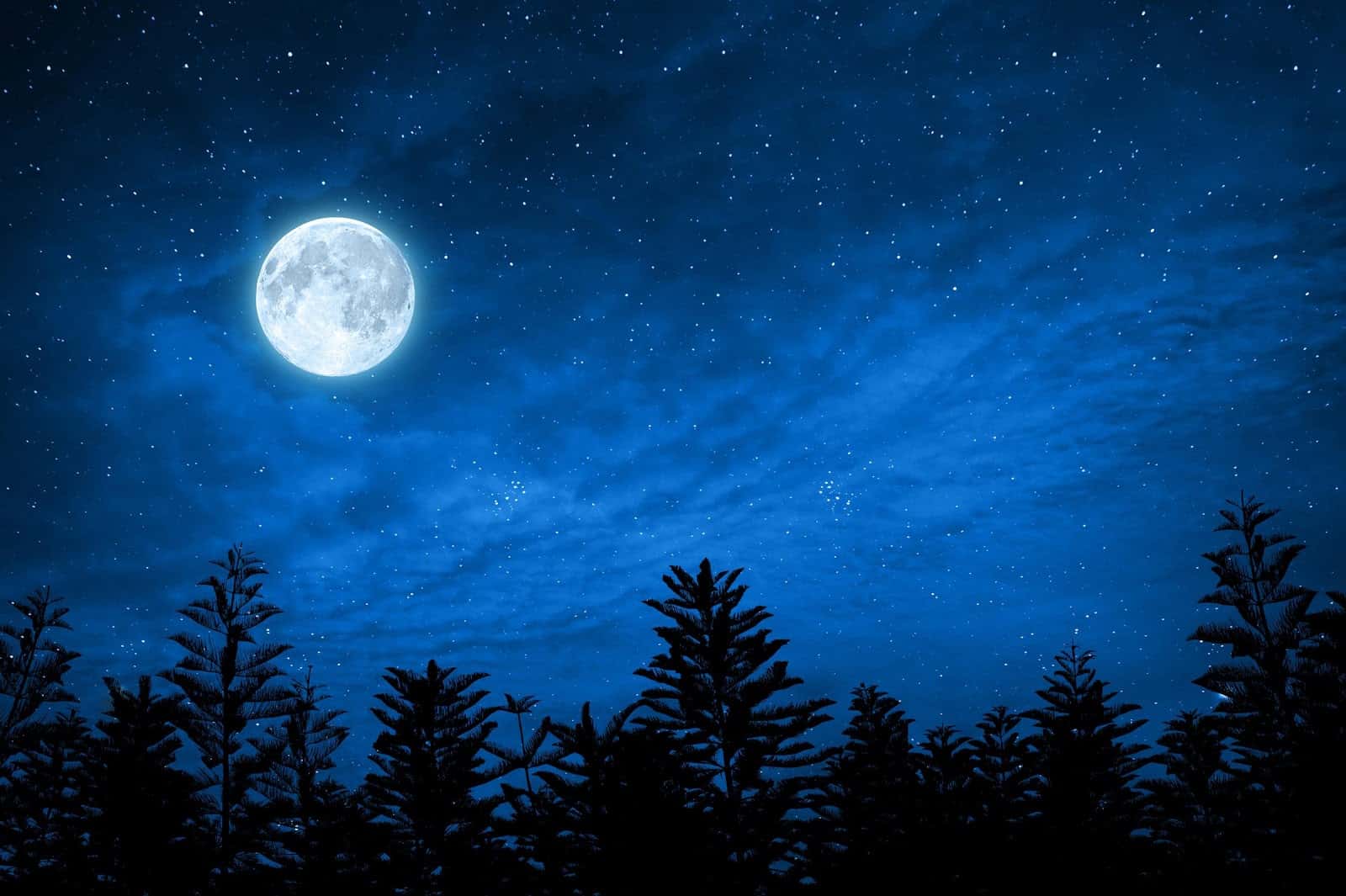
July Full Moon
The July Full Moon is known as the Buck Moon. This is because deers shed their antlers during this month, and new ones emerge from their foreheads.
Some other names for the July Full Moon include Thunder Moon, Wort Moon, or Hay Moon.
August Full Moon
The August Full Moon is known as the Sturgeon Moon since this was when large amounts of fish were captured by the Native American tribes, such as the Algonquin, in lakes.
Some other August Full Moon names include Green Corn Moon, Barley Moon, Fruit Moon, or Grain Moon.
September Full Moon
The September Full Moon and the October Full Moon sometimes share the name Harvest Moon. The Moon, which is usually called the Harvest Moon, is the one which is closest to the September equinox, around September 22.
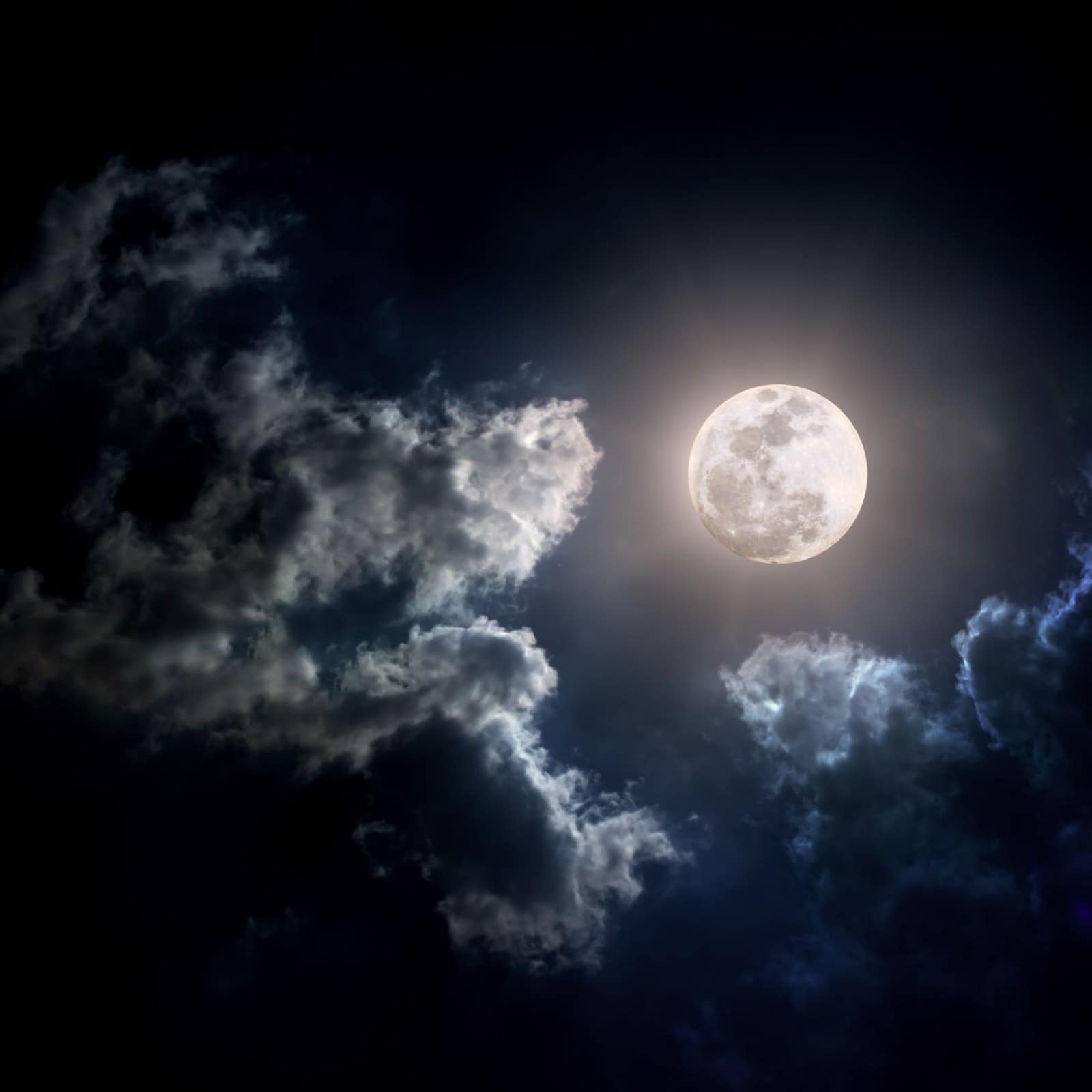
The Harvest Moon typically occurs in September; however, it is in October once every three years. This is the only Full Moon name, which is determined by the equinox rather than a month.
Some might say that this Moon held special importance for the ancients since it allowed them to work their fields for a longer period of time. Some other Moon Names for September’s Full Moon included Corn Moon or Barley Moon.
October Full Moon
The October Full Moon is known as the Harvest Moon, but only once every three years. Its most well-known name is the Hunter’s Moon since this is when the Northern Hemisphere people would go hunting and prepare themselves for winter.
Some other Fulll Moon names for October are Dying Grass Moon, Blood Moon, or Sanguine Moon.
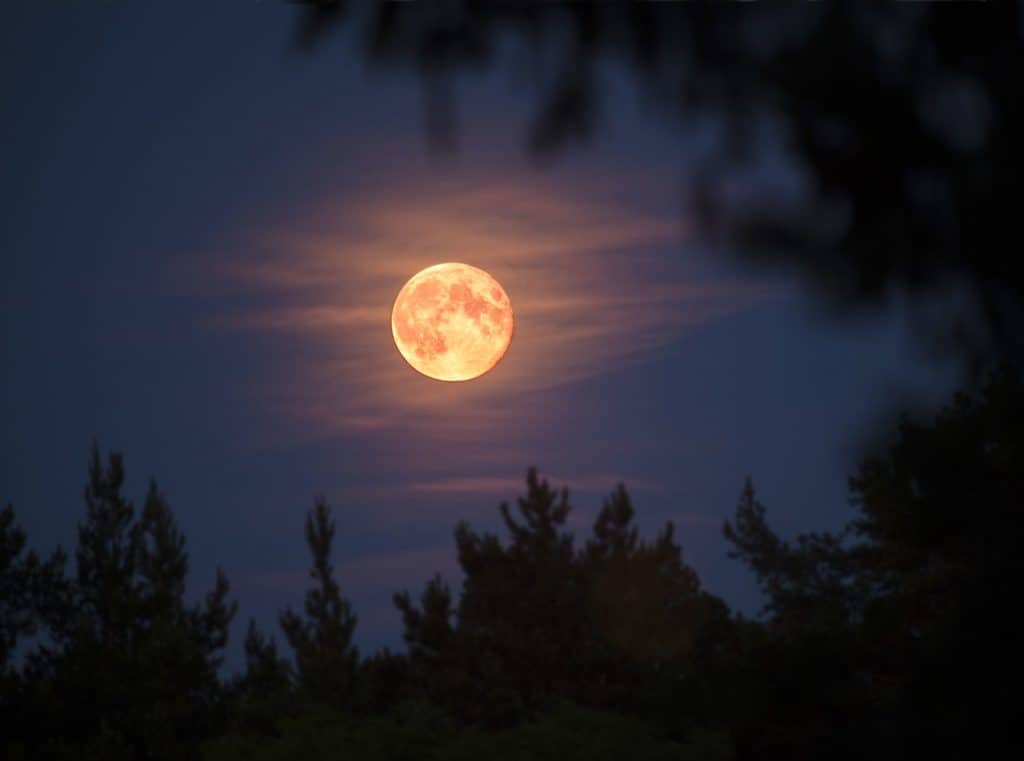
November Full Moon
The November Full Moon is known as the Beaver Moon since beavers are very active during this month. They built their homes for winter and used the Moon’s light to work even at night.
November’s Full Moon is also known as the Frost Moon, Oak Moon, or the Mourning Moon.
December Full Moon
The Full Moon in December is called the Cold Moon. It is called as such since for most people in the Northern Hemisphere; this is when winter begins.
Great festivals were attributed to this Full Moon, such as that of Yule. The ancients would usually celebrate their ancestors during this Full Moon.
The December Full Moon is also known as the Moon Before Yule, Wolf Moon, Long Night’s Moon, or Drift Clearing Moon.
The Thirteenth Moon
Some years, such as 2020, have thirteen Full Moons. When this happens, one of these Moon’s is called a Blue Moon. Once every 19 years, there is no Full Moon in February, where people refer to it as the Black Moon.
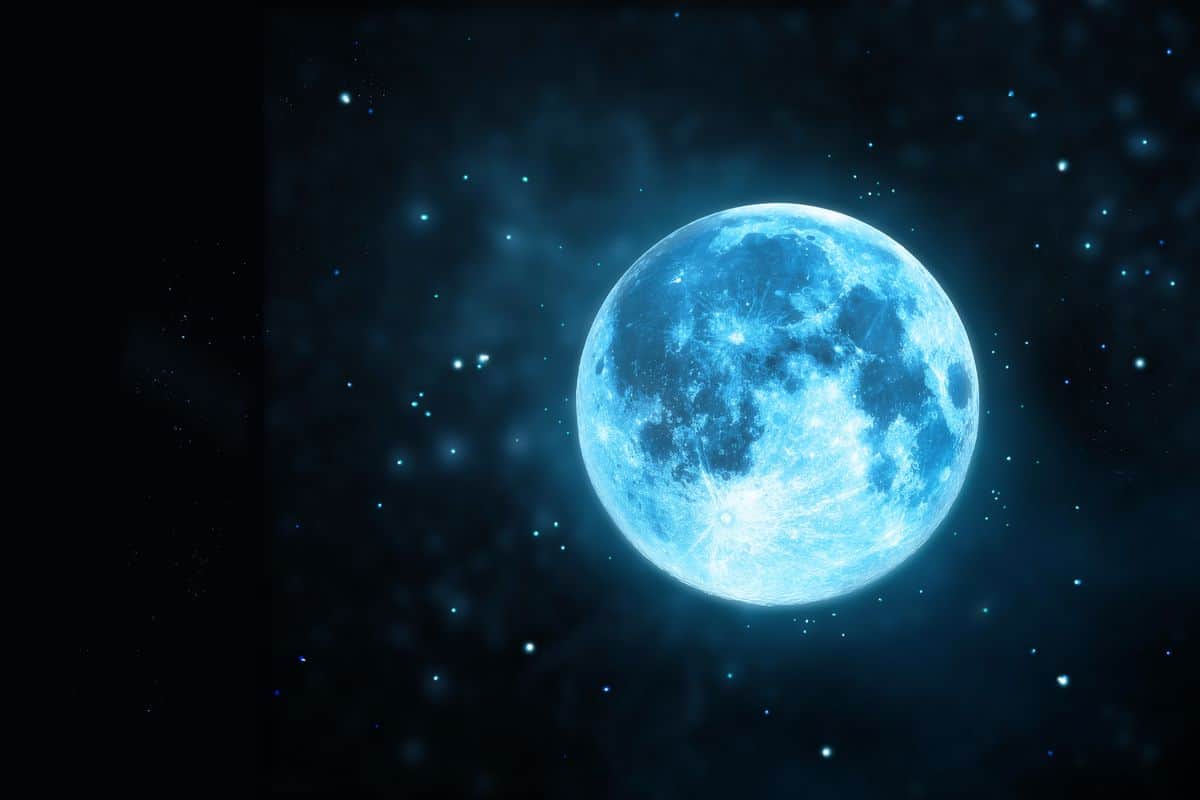
The Full Moons of 2020
Here are the 13 Full Moons which will occur in 2020. Some of them are Supermoons:
- January 10 – 2:21 pm / 14:21 Wolf Moon Lunar Eclipse
- February 9 – 2:33 am / 02:33 Full Snow Moon
- March 9 – 1:48 pm / 13:48 Super Worm Moon
- April 7 – 10:35 pm / 22:35 Super Pink Moon
- May 7 – 6:45 am / 06:45 Flower Supermoon
- June 5 – 3:12 pm / 15:12 Full Strawberry Moon
- July 5 – 12:44 am / 12:44, Full Buck Moon
- August 3 – 11:59 am / 11:59 Full Sturgeon Moon
- September 2 – 1:22 am / 01:22 Full Corn Moon
- October 1 – 5:05 pm / 17:05 Full Harvest Moon
- October 31 – 9:49 am / 09:49 Full Hunter’s Moon
- November 30 – 4:30 am / 04:30 Full Beaver Moon
- December 29 – 10:28 pm / 22:28 Full Cold Moon
Did you know?
- In Sri Lanka, the Full Moon of December is known as Uduvapa Poya, Uposatha Poya, or Sanghamitta Day. It is a festival celebrating a tree planted in 288 BCE.
- The name Harvest Moon was made popular in the 20th century by the song Shine on Harvest Moon by Nora Bayes and Jack Norworth in 1903.
- A lunar month has about 29.5 days, and it is the period it takes to complete a cycle from New Moon to the next. A lunar month is longer than the number of days it takes to orbit the Earth. Because the Earth is constantly moving around the Sun, the Moon travels more than 360 degrees to complete a cycle.
- The October Full Moon in 2020 occurred during the two Japanese Tsukimi – Moon Viewing – festivals. In this tradition, sweet potatoes are offered as gifts, hence the reason for why this Full Moon also bears the name Imomeigetsu – Potato Harvest Moon. This festival is so popular that it sometimes extends to several days after the Full Moon period ends.
- In Japanese, the Wolf Moon is known as Tsuki Ookami.
- Some of the newer names for the September Full Moon are Grail Moon and LADEE Moon, which were named after a couple of spacecraft missions.
- The July Full Moon is in the middle of the fifth month of the Chinese calendar and Tammuzin, the Hebrew calendar. In the Islamic calendar, the July Full Moon occurs in the middle of Dhu al-Qidah, one of the four sacred months, and thus warfare is prohibited.
- A supermoon is only 7% bigger and 15% brighter. It is a very small difference, which makes it hard to notice. A supermoon comes with stronger weather events and bigger ocean tides.
- June is named after Juno, the Roman goddess of marriage. Traditionally it was the month of marriages. Europeans used to refer to this Full Moon as the Honeymoon.
Sources:
Image Sources:
- https://www.farmersalmanac.com/wp-content/uploads/2020/01/halloween-full-moon-owl_56782280-1024×682.jpeg
- https://www.nj.com/resizer/8jjwv7VYcLmOFO_YkxwcLK_BkEY=/1280×0/smart/cloudfront-us-east-1.images.arcpublishing.com/advancelocal/H4Y7GD3ZEJEV5BU2RUHQJ74HUM.jpg
- https://static.independent.co.uk/2020/10/01/09/full%20moon%202020.jpg?width=1200
- https://cdn.mos.cms.futurecdn.net/fKAgmJ2GPMmJSr9kC7EkTV.jpg
- https://d.newsweek.com/en/full/1135095/9-24-full-moon.jpg?w=1600&h=1600&q=88&f=fbb274089ed7155898affa928e65c78d
- https://specials-images.forbesimg.com/imageserve/5f4ae5d71cd1a35a6de2e60f/960×0.jpg?fit=scale
- https://cdn.vox-cdn.com/thumbor/zHQY6_Rqx7XG_NsDtjrTzFxE3bA=/0x0:7087×4252/1200×800/filters:focal(2978×1560:4110×2692)/cdn.vox-cdn.com/uploads/chorus_image/image/67196083/1419326061.0.jpeg
